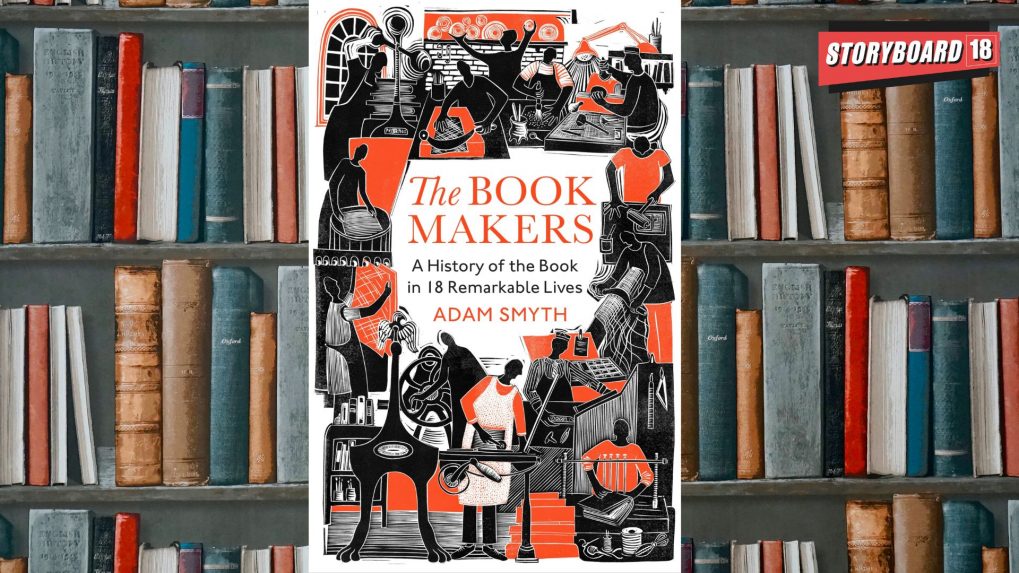The Book-Makers: A history of the book in 18 Remarkable Lives by Adam Smyth
In this week's Bookstrapping, our reviewer Reeta Ramamurthy Gupta mentioned that the author Adam Smyth picked out eighteen unsung, talented individuals whose achievements stand out as exceptional.
ADVERTISEMENT
Can you believe it? There was a time when books used to be sold as a folded bundle of sheets, and the customer had to get them bound. Benjamin Franklin - the founding father of America - was a printer.
Adam Smyth’s ‘The Bookmakers’ is full of surprises! Smyth’s credentials make the book meaningful; he is a decorated Professor of English Literature and talks about the history of books. Through this book, he fills some gaps in our understanding of the journey of the ‘printed book’ down the ages. And yet this is largely a Western history and not a global one.
Fortunately, he’s curious not just about authors & printers, but also about binders, typesetters and paper-makers who are mostly unheard of, over the last 550 years! And before you say Gutenberg, remember that there are many more. Here are our five Bookstrapping insights:
1. Smyth’s descriptions of the workings of a 15th venture printing press are graphic and evocative. He also mentions the machine invented by the Frenchman Nicolas Louis Robert, the 18th century engineer, which could produce up to 50 meters of paper a minute and how that changed the life of workers at the time.
2. There is the tale of Dutchman Wynkyn de Worde who published more than 800 titles in the early 16th century. In fact, he worked for the famous William Caxton for a number of years and took over the business himself on Caxton’s death. He was famous for the use of woodblocks or woodcuts in printing and was a loyal publisher to Tudor poet Stephen Hawes. He is also remembered for for printing an edition of Chaucer’s Canterbury Tales.
3. Adam Smyth also chronicles the 17th century sisters Mary and Anna Collett, who oddly enough, cut up books with knives and scissors and reassembled them with images and additional texts. They even refashioned the Bible which strangely found favor with King Charles I! This eventually led to the idea of including pictures and illustrations to embellish standard print versions.
4. The intriguing Charles Edward Mudie from the 19th century, ran a lending-library that had a strong influence over the public. This was at a time when the cost of novels exceeded the means of most middle-class Englishmen. He was strict about the morality, subject, and scope of the novels he kept in his library and often determined the fate of authors he excluded! Ardent readers will know that Mudie's Library is mentioned in the H. G. Wells classic The Invisible Man. He famously said that "no book carried in his library should make a respectable young woman blush!” It is estimated that he owned 7.5m books by 1890.
5. Last but not the least is 20th century heiress and publisher of the Hours Press, Nancy Cunard. She famously printed works by Ezra Pound, Norman Douglas, Laura Riding, and Samuel Beckett.
Overall, Smyth picks out eighteen unsung, talented individuals whose achievements are exceptional. Do we need a separate book on the history of women in bookmaking ? And another one on ‘heroes’ of the East who contributed to the history of books? You tell me.

